John Krafcik takes the wheel.
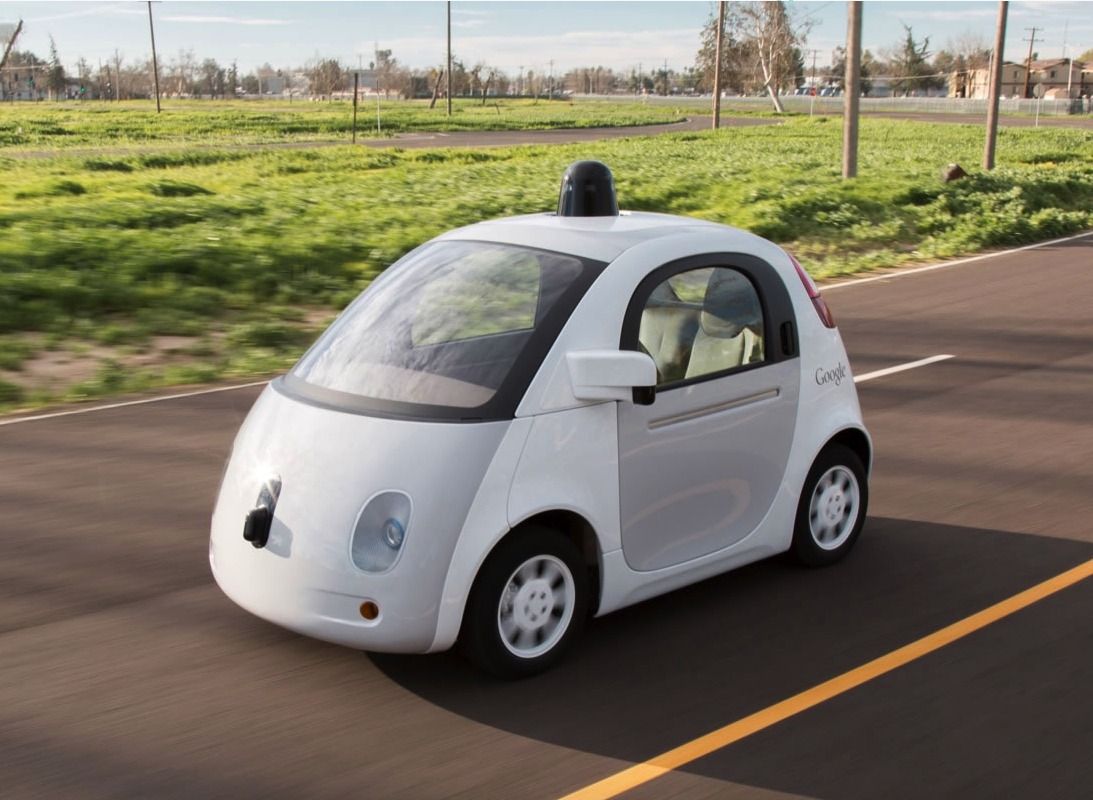


“Martin Ford — author of Rise of the Robots — thinks we face mass unemployment and economic collapse unless we make radical changes, such as offering humans a basic wage, a guaranteed income.”
We are on the cusp of a revolution in the way we work so move over and make room for the robots.
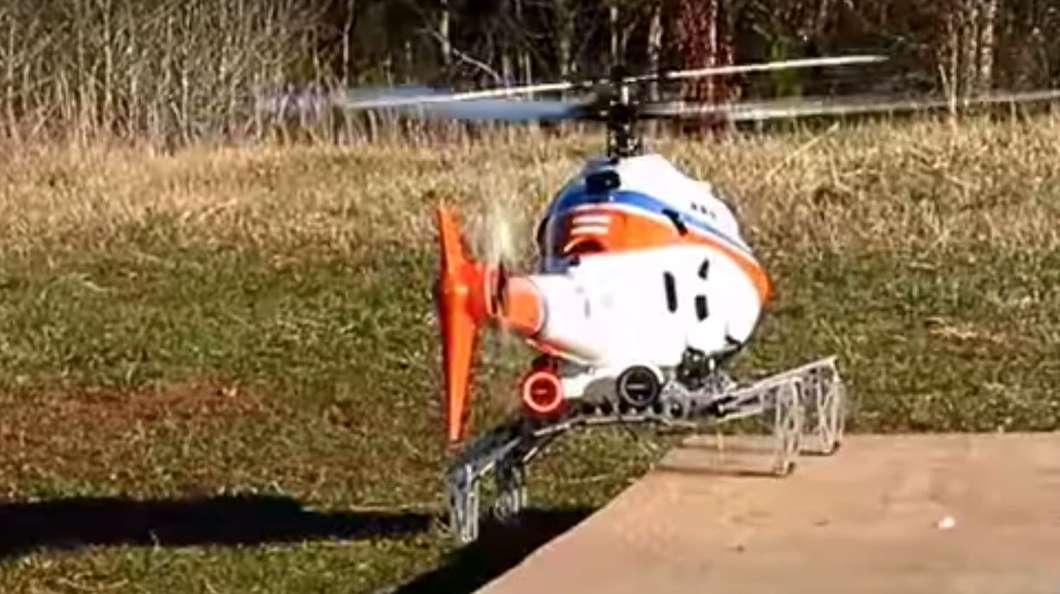
Helicopters are versatile machines capable of all manner of maneuvers in the air, but when it comes to takeoffs and landings they are very fussy creatures, preferring flat, level pads, which are scarce in combat and rescue missions. DARPA recently demonstrated a new robotic landing gear system in an unmanned flight near Atlanta, Georgia, that’s designed to overcome these limitations by enabling landings on broken or uneven terrain with a high degree of safety.
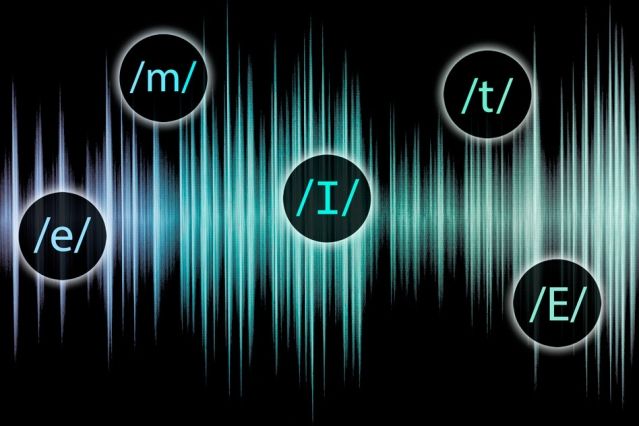
Every language has its own collection of phonemes, or the basic phonetic units from which spoken words are composed. Depending on how you count, English has somewhere between 35 and 45. Knowing a language’s phonemes can make it much easier for automated systems to learn to interpret speech.
In the 2015 volume of Transactions of the Association for Computational Linguistics, MIT researchers describe a new machine-learning system that, like several systems before it, can learn to distinguish spoken words. But unlike its predecessors, it can also learn to distinguish lower-level phonetic units, such as syllables and phonemes.
As such, it could aid in the development of speech-processing systems for languages that are not widely spoken and don’t have the benefit of decades of linguistic research on their phonetic systems. It could also help make speech-processing systems more portable, since information about lower-level phonetic units could help iron out distinctions between different speakers’ pronunciations.
The 1st Space Development Network Conference will be held in Bangalore in January, 2016. The motivation of the conference is to invite researchers, eminent scientists, faculty from reputed colleges and students working in the area of Space development and technology to present their research and get valuable feedback from the people attending the conference. The topics of space development network conference are given below:
•Asteroid Mining.
•Space Colonization.
•Space Debris.
•Satellites and Cubesats payload.
•Rocket Launch Technology.
•AI & Space Mining Robotics.
Submit Papers.
Submit your papers and get a chance to present it in front of global audiences and get your self recognized.
Student Ambassador program.
The Student Ambassador Program is an umbrella program for various opportunities that help you get involved with the activities of the space development network on campus including conducting camps, workshops and various drives regarding space technology awareness in the city. It is open for students from all backgrounds.
Exhibit With Us.
Make your plans to join us as an exhibitor at the 1st Space Development Network Conference (Asia).
Sponsor Us.
Put your organization out front. Learn of the many benefits your organization can receive as a co-sponsor of an event or marketing item at the 1st Space Development Network Conference (Asia).
For More Details Visit http://www.sdnconf.com.

The concept of artificial intelligence got it’s start at a conference at Dartmouth in 1956. Optimism ran high and it was believed that machines would be able to do the work of humans within 20 years. Alas, it was not to be. By the 1970’s, funding dried up and technology entered the period now known as the AI winter.
Slowly, however, progress was made. Computers became increasingly able to do human tasks, such as character recognition, making recommendations on Amazon and organizing itineraries on travel sites. We didn’t see the algorithms at work, but they were there, computing on our behalf.
So the answer to our technological dilemma is, in fact, all too human. While the past favored those who could retain and process information efficiently, the future belongs to those who can imagine a better world and work with others to make it happen.

https://youtube.com/watch?v=bwz9SPMDO2k
The US government said today (Sept. 11) that it’s successfully made a Luke Skywalker-like prosthetic arm that allows the wearer to actually feel things.
At a conference in July, the US Defense Advanced Research Projects Agency (DARPA) presented the achievements it’d had to date in building a robot arm that can be controlled by a human brain. A little over two months later, the agency has announced at another conference that it’s managed to update the technology to give the wearer the feeling of actually being able to sense things with the arm.
The robotic arm is connected by wires that link up to the wearer’s motor cortex—the part of the brain that controls muscle movement—and sensory cortex, which identifies tactile sensations when you touch things. The wires from the motor cortex allow the wearer to control the motion of the robot arm, and pressure sensors in the arm that connect back into the sensory cortex give the wearer the sensation that they are touching something.
The making of a working Star Wars BB-8 droid.
You can now buy Star Wars’ adorable BB-8 droid and let it patrol your home.
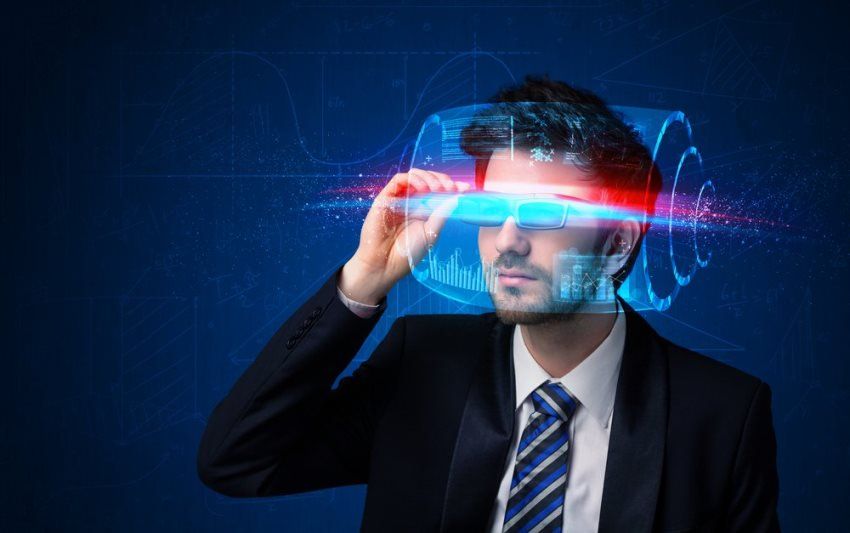
So, you think you’ve seen it all? You haven’t seen anything yet. By the year 2030, advancements will excel anything we’ve seen before concerning human intelligence. In fact, predictions offer glimpses of something truly amazing – the development of a human hybrid, a mind that thinks in artificial intelligence.
Ray Kurzweil, director of engineering at Google, spoke openly about this idea at the Exponential Finance Conference in New York. He predicts that humans will have hybrid brains able to connect to the cloud, just as with computers. In this cloud, there will be thousands of computers which will update human intelligence. The larger the cloud, the more complicated the thinking. This will all be connected using DNA strands called Nanobots. Sounds like a Sci-Fi movie, doesn’t it?
Kurzweil says:
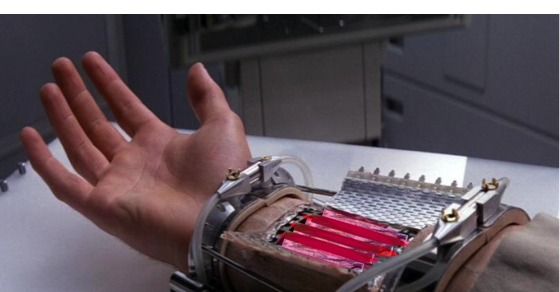
Synthetics startup Ras Labs is working with the International Space Station to test “smart materials” that contract like living tissue. These “electroactive” materials can expand, contract and conform to our limbs just like human muscles when a current moves through them – and they could be used to make robots move and feel more human to the touch.
Ras Labs co-founder Lenore Rasmussen accidentally stumbled upon the synthetic muscle material years ago while mixing chemicals in the lab at Virginia Tech. The experiment turned out to be with the wrong amount of ingredients, but it produced a blob of wobbly jelly that Rasmussen noticed contracted and expanded like muscles when she applied an electrical current.
It would be years later when Rasmussen’s cousin nearly lost his foot in a farming accident that she would start to employ that discovery to robotic limbs and space travel. The co-founder thought her cousin might lose his foot and started researching prosthetics.